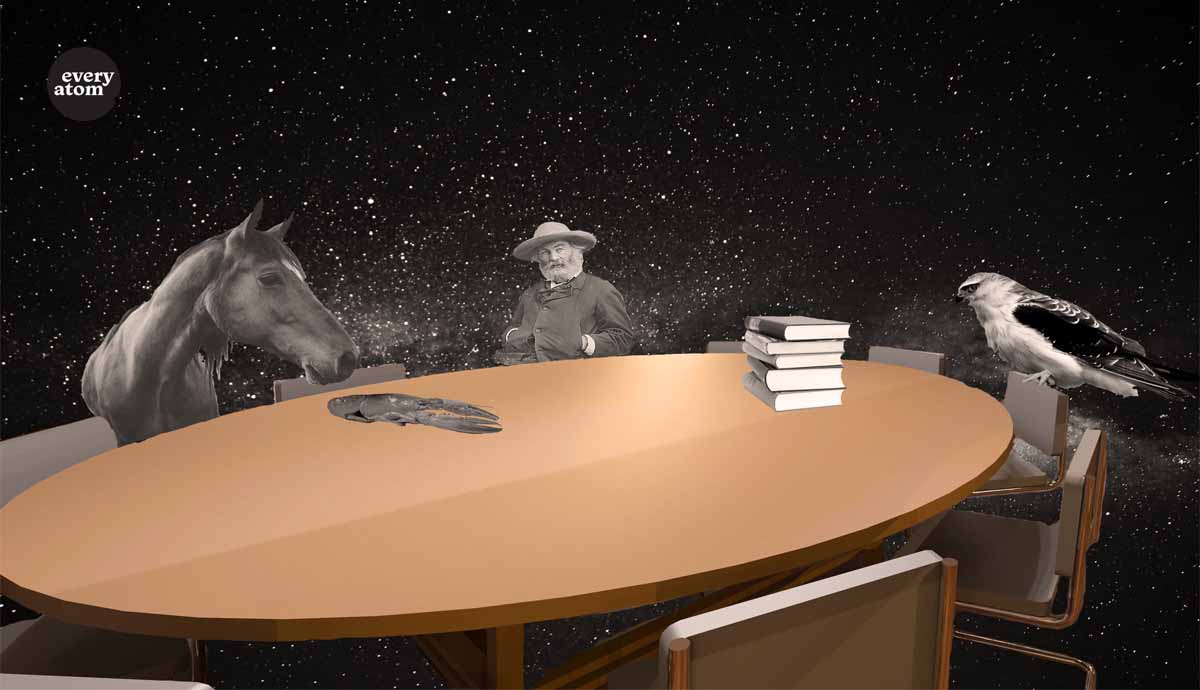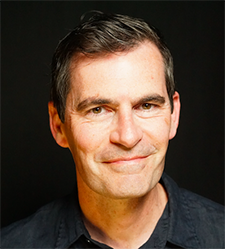Every Atom | No. 68
Introduction to Every Atom by project curator Brian Clements
Whitman inspires and unsettles me here. Many physicists, from Einstein to Hawking and into the present, are comfortable with the notion of “God” to stand for the rules, clockworks, and underlying schemata of our universe. Physicists, at their best, share Whitman’s awe for everything around us, and like Whitman, they tend to cherish what the universe sprinkles throughout our short minutes of existence.
But unlike Whitman, plenty do hope to glimpse God. Their faith includes some path—however treacherous and improbable—leading to the full blueprints written in the cosmos and stamped also onto each of its quarks. Einstein sought in vain to suss out a unified theory of everything. He acknowledged the difficulty, saying humanity was like a toddler, finding itself dazed in an ancient library, ignorant of all the printed languages. Today, the devout must increasingly set their common senses aside to chase, for instance, ten-dimensional abstracted models that whisper of a way forward. But the ultimate goal remains elusive.
Even as Whitman smiles from the page, does he warn us? In championing the close view, does he urge us to embrace certain limits? As far as the universe is concerned, we may not be so far removed from a species of shrimp, with a narrow ability to see every shade of watery blue. Can a shrimp so equipped understand the celestial pull of daily tides, or could it ever, for a more complete view of its planet, imagine a hawk gliding over a pine forest? We physicists may not admit that the brain is a tool. Like all devices, it owns specifications and intended tasks that may not include God-seeing. Let’s say millennia cultivated the brain to stitch together shimmering threads unspooling from our senses: lobes, like so many knitting needles, weaving together our realities. What if we’re applying these sturdy tools to a task we can never fully ken? In greatest humility, we could picture a single figure, humanity, bumping about a book-lined parlor, our universe. Blind to the shelves, the figure pauses for a century to fuss over the mathematical texture of a doily, in truth just a trivial adornment. Then, searching for a grand view but recognizing only the feel of loose fabric, we sit near the window for another few centuries, trying to knit one thick drape to the other.
Recommended
Nor’easter
Post-Op Appointment With My Father
Cedar Valley Youth Poet Laureate | Fall 2024 Workshop







